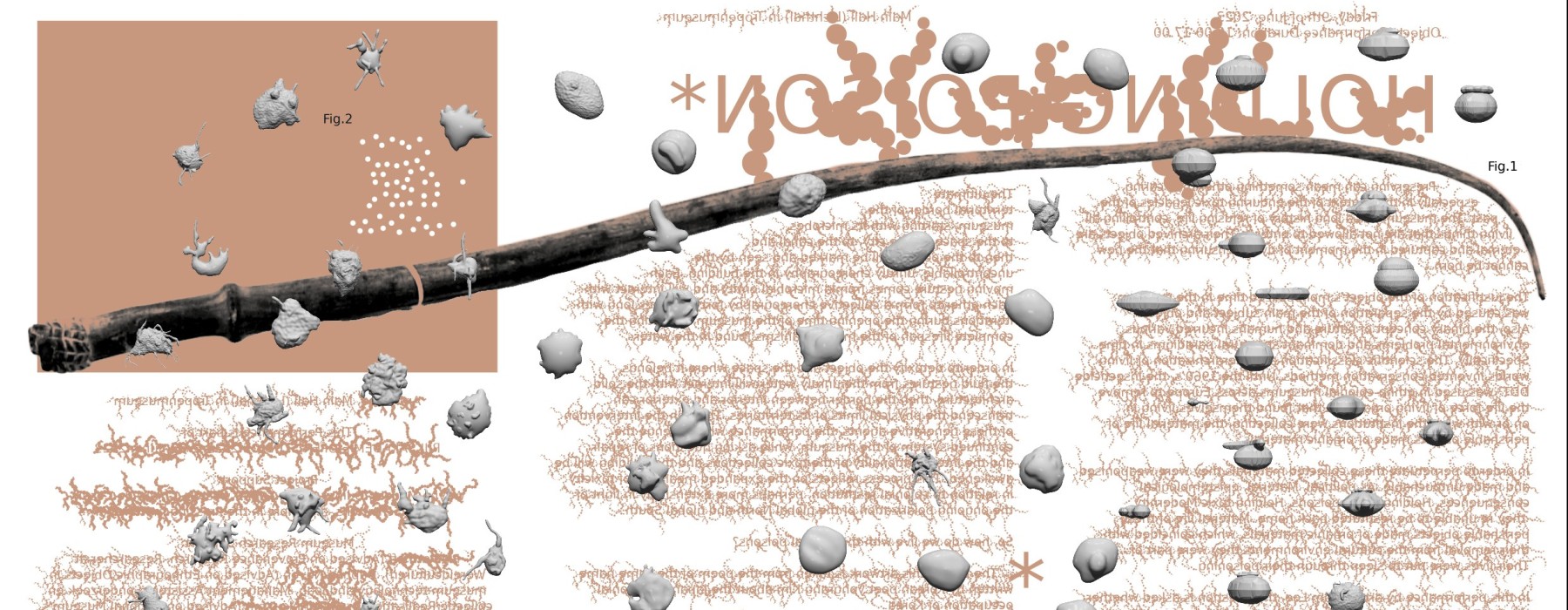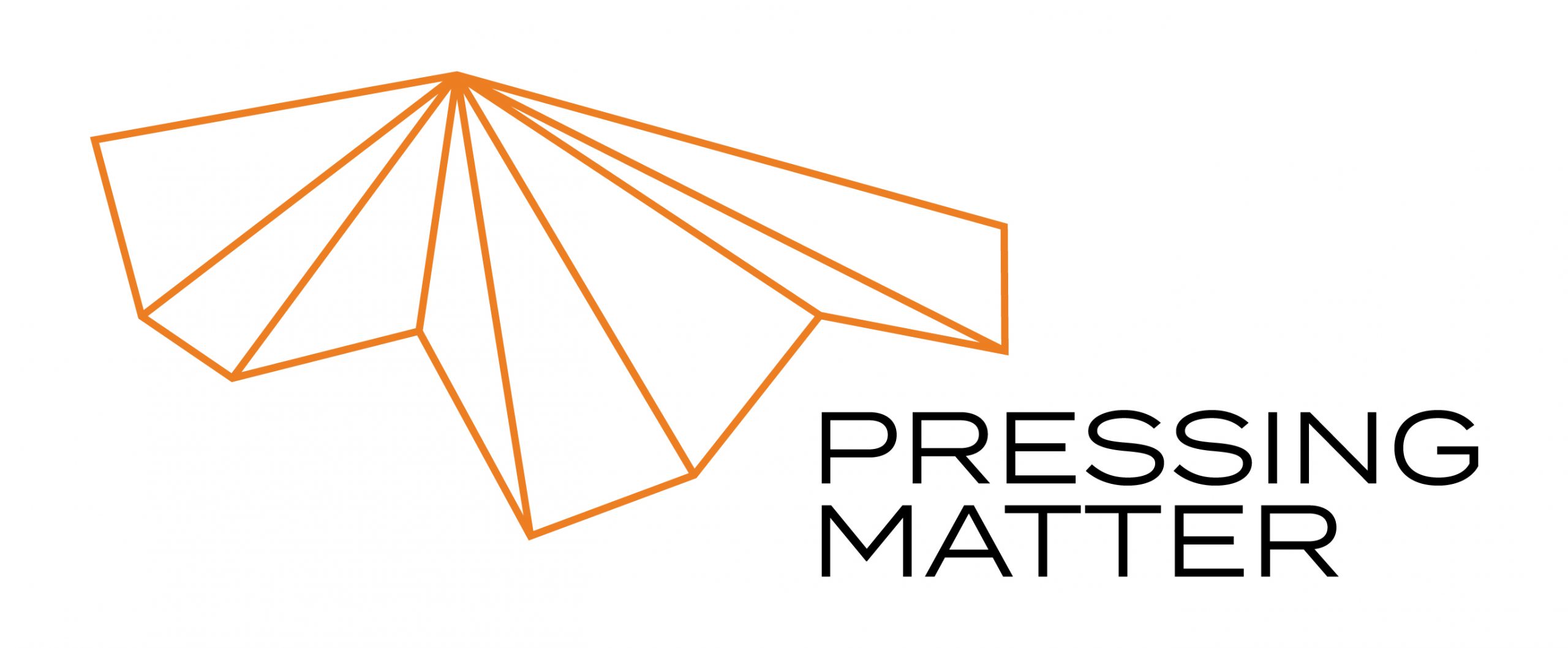
Preserving can mean something other than caring, especially in the context of the enduring toxic legacies of the past. Museums have a long history of refusing life and attempting to control all living things that are not allowed to enter it. Their archived objects are eternal and captured in the moment of dying, ensuring that the new cannot be born.
The justification for the object's monopolised time in the museum was caused by the separation of the main subject and object. Also, the binary concept of human and nonhuman caused various environmental problems and dominant structural paradigms over time such as the polarisation of the global South and global North. Specifically, the scientific classification and hierarchisation of living worlds that led to conservation practices. An example of this is that until the 1960s, the insecticide DDT[1] was used in ethno-colonial museums across Europe to kill any living organisms that found themselves living in or with what the institutions were collecting.[2]
In order to stabilise the collected, displaced materials the museum weaponised them by making them untouchable. They’re unable to be restituted back home because they hold the white crystalised poisons of toxic modernity. The material life of these perishable objects, made of organic materials, coincided with their removal from the cultural environments they were part of. Their lives were eternally put to sleep through their poisoning.
In her ongoing research, Aram Lee questions whether the museum can embrace any living thing so it can become a space that allows life. Can microbes in the museum be these kinds of life, these living cultures? Such a question makes us think about what constitutes life and what can be considered life. Departing from research into the waterway infrastructure of the museum as a potential respiratory system that can ‘ecologize’ and detoxify the space, Lee has found life in a place that attempts to keep it out. Together with immunologist Juan J. Garcia Vallej, in the Microbes laboratory at Amsterdam UMC, she found that one drop of water collected from damp walls in the underbelly of the museum contains ninety-five living cultures. It’s in this leakage from the outside world that the microscope captured a portrait of each entity vibrating, pulsing and expanding.
The figures of ninety-five microbes found in the unruly water were then rendered by Lee in 3D and their studied, captured, and portrayed motions were scaled up and made perceptible to humans. They will perform in the museum by embodying their intelligence and moving around the space. This machine powered sensorium of microbes will pop up, together with models of the poisoned objects, in the building’s main hall. Each moving gesture is derived from a microbial entity that will interact with each other to form a collective forty minutes long choreography during the opening time of the museum, reflecting the complete lifespan of the microorganisms found in the water. Future iterations of the performance will take place in other locations such as staircases and corridors and places that visitors cannot readily access like the collection depot and the director’s room.
This micro and macro-scale perspective will re-establish the connection between the surroundings of the museum’s enormous, controlled system and an object’s positionality in our sensorium. This can activate a liquid interchange between the invisible microorganisms, poisoned objects from the collection and audiences.
The ultimate territorial border of the museum, starting with its microbes, moving to its building, then to the city, to the canal, and to the ocean, will be marked and seen by the uncontrollable, unruly choreography. These organisms can deconstruct the categories of body, species and territories if we let them. It’s in this inbetween state that knowledge can leak and flow, creating a space where all agencies might be able to participate in the museum.
To detoxify the object and the space where it’s held, the fluid gestures of the microbes will interact with the solid architecture. Through the intervention of these generative agents, the performance will challenge the continued practices of the museum, while asking questions of repair and awakening the inter-relationality of the toxic collections and us.
